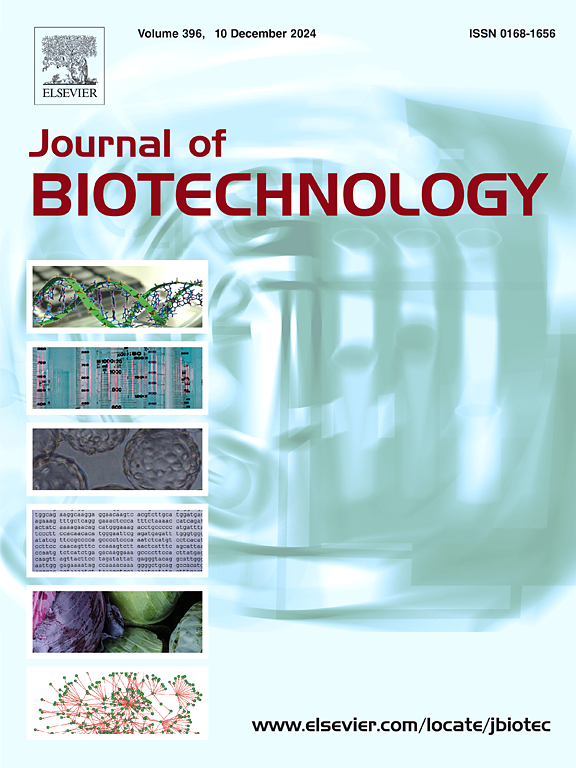Integrated production of polyhydroxyalkanoates and rhamnolipids: Insights in cultivation conditions and metabolic engineering
IF 3.9
2区 生物学
Q2 BIOTECHNOLOGY & APPLIED MICROBIOLOGY
引用次数: 0
Abstract
Polyhydroxyalkanoates and biosurfactants have the potential to play a significant role in emerging bioeconomic chains. With growing environmental worries about the excessive consumption of fossil fuel derivatives, significant focus has been paid to a renewable-based economy known as the circular bioeconomy. Polyhydroxyalkanoates (PHAs) are a type of biodegradable, hydrophobic, non-toxic, thermoplastic polymer created by microbial processes that have good physicochemical properties. Rhamnolipids (RhL) are amphipathic, biodegradable, and biocompatible compounds with outstanding emulsification capabilities. Unfortunately, commercial manufacturing of PHA and RhL remains limited due to their high production costs as compared to standard polymers and surfactants. The combined manufacture of PHA and RhL can lower production costs and is an ideal option for creating two widely applicable commodities on the market. This work provides a general overview of PHA and RhL co-production, focusing on the use of renewable materials and important aspects that are directly related to cultivation conditions, as well as genetic and metabolic engineering strategies to optimize PHA and RhL production.
聚羟基烷酸酯和鼠李糖脂的综合生产:培养条件和代谢工程的见解
聚羟基烷酸酯和生物表面活性剂有潜力在新兴的生物经济链中发挥重要作用。随着对化石燃料衍生物过度消费的环境担忧日益加剧,人们把重点放在了一种以可再生能源为基础的经济上,即循环生物经济。聚羟基烷酸酯(PHAs)是一种可生物降解、疏水、无毒的热塑性聚合物,由微生物过程产生,具有良好的物理化学性质。鼠李糖脂(RhL)是两亲性、可生物降解和生物相容性的化合物,具有出色的乳化能力。不幸的是,与标准聚合物和表面活性剂相比,PHA和RhL的生产成本很高,因此商业化生产仍然受到限制。PHA和RhL的联合生产可以降低生产成本,是在市场上制造两种广泛适用的商品的理想选择。本文综述了PHA和RhL联合生产的总体概况,重点介绍了可再生材料的使用和与培养条件直接相关的重要方面,以及优化PHA和RhL生产的遗传和代谢工程策略。
本文章由计算机程序翻译,如有差异,请以英文原文为准。
求助全文
约1分钟内获得全文
求助全文
来源期刊

Journal of biotechnology
工程技术-生物工程与应用微生物
CiteScore
8.90
自引率
2.40%
发文量
190
审稿时长
45 days
期刊介绍:
The Journal of Biotechnology has an open access mirror journal, the Journal of Biotechnology: X, sharing the same aims and scope, editorial team, submission system and rigorous peer review.
The Journal provides a medium for the rapid publication of both full-length articles and short communications on novel and innovative aspects of biotechnology. The Journal will accept papers ranging from genetic or molecular biological positions to those covering biochemical, chemical or bioprocess engineering aspects as well as computer application of new software concepts, provided that in each case the material is directly relevant to biotechnological systems. Papers presenting information of a multidisciplinary nature that would not be suitable for publication in a journal devoted to a single discipline, are particularly welcome.
 求助内容:
求助内容: 应助结果提醒方式:
应助结果提醒方式:


